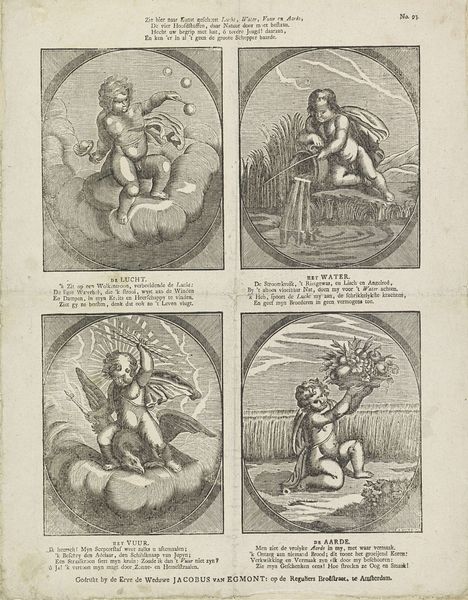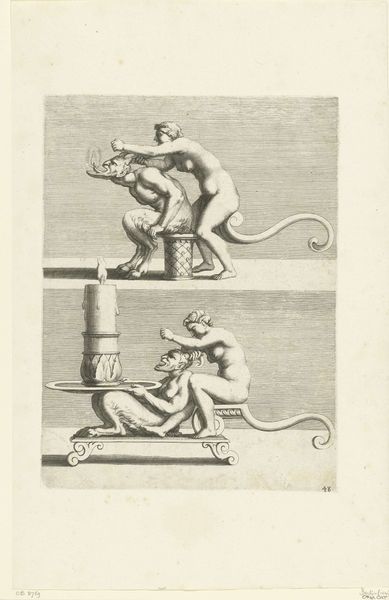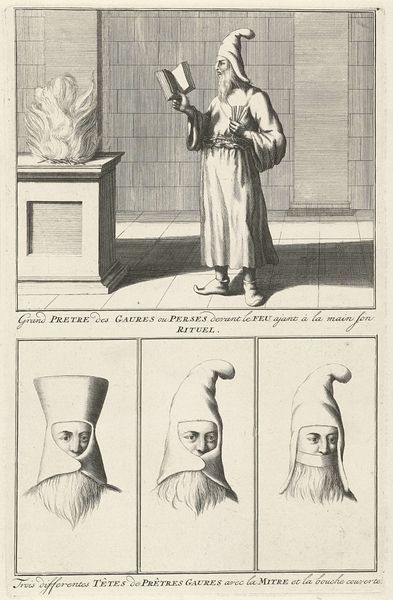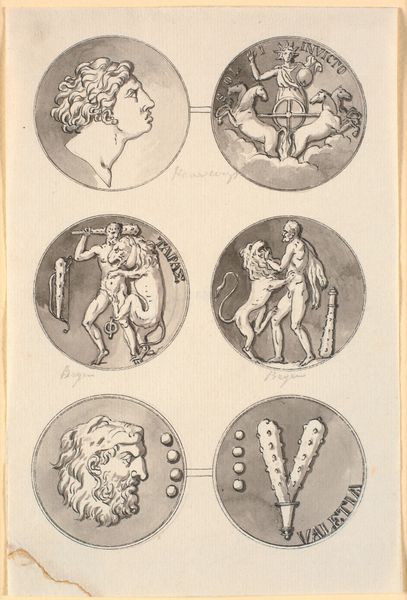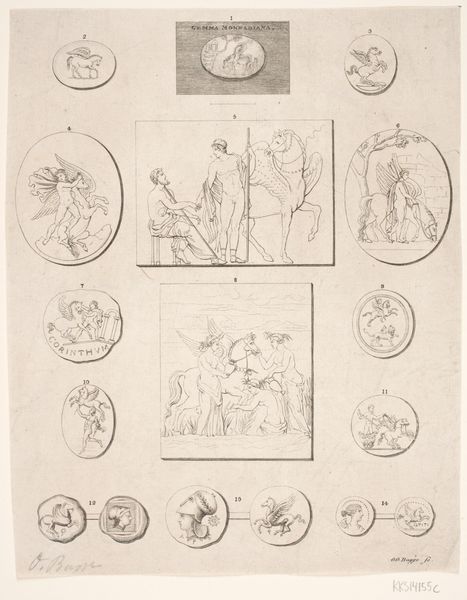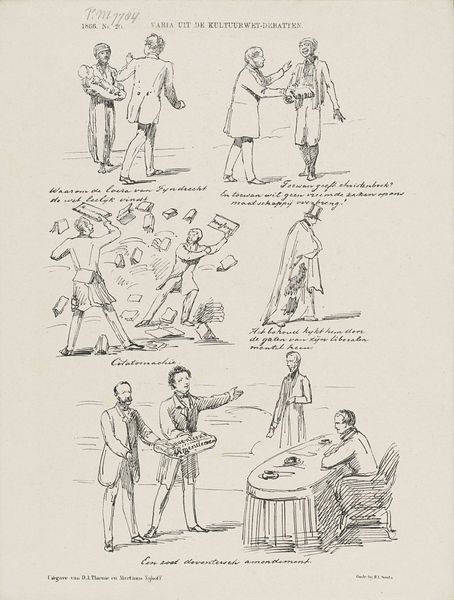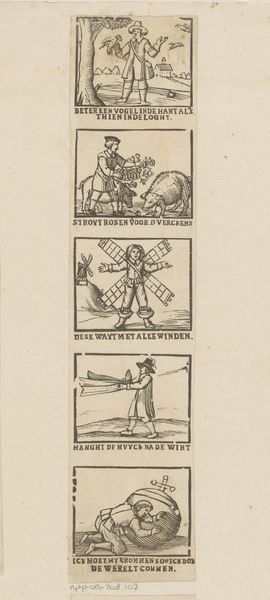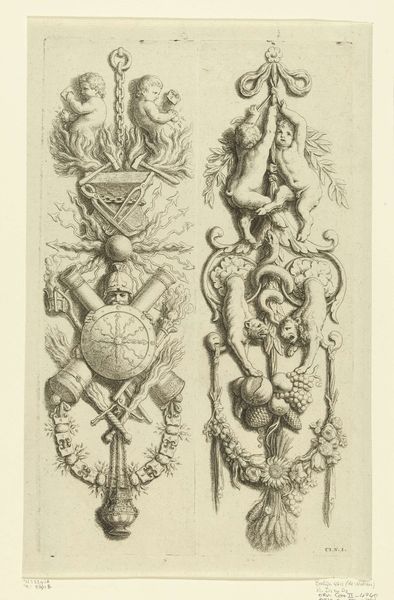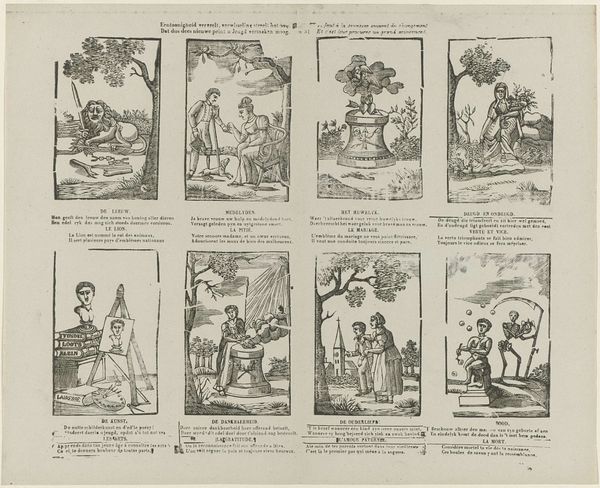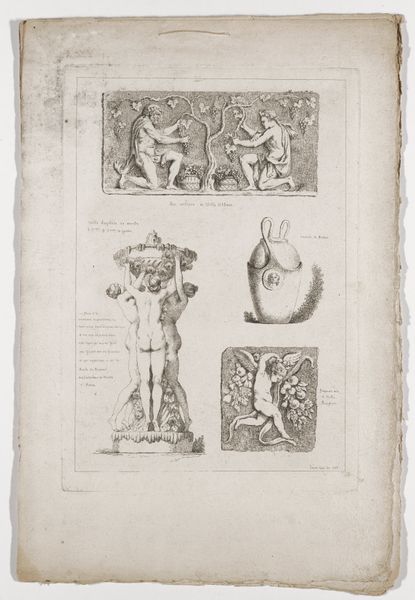
print, engraving
#
baroque
# print
#
old engraving style
#
ancient-egyptian-art
#
figuration
#
history-painting
#
engraving
Dimensions: height 335 mm, width 221 mm
Copyright: Rijks Museum: Open Domain
Editor: So, we're looking at "Verschillende gedaantes van Egyptische goden," or "Different forms of Egyptian gods," an engraving by Bernard Picart from 1727. There's a curious mixture of reverence and a certain…distance in its depiction of these deities. What strikes me is how he’s presented them in these little vignettes almost like specimen. What's your interpretation? Curator: It's fascinating to consider this print through a historical lens. Remember that in 1727, Egypt, its history, its gods, were still very much 'Other' to European audiences. What role do you think publications like this played in shaping European understandings or, perhaps, *mis*understandings of Egyptian culture? Editor: I suppose it’s about control of a narrative. These gods are being repackaged for a Western audience. Was there a sense of scholarly accuracy intended, or something else? Curator: Picart wasn’t an Egyptologist. The "accuracy," if we can even call it that, would be filtered through classical Greco-Roman interpretations of Egyptian religion, as well as contemporary understandings which would have been nascent at best. It’s worth noting that engravings like this one contributed to the construction of Egypt as an exotic, mysterious, and ultimately, knowable 'object' for Western consumption. Editor: So, it's more about asserting a certain power dynamic, a kind of intellectual colonization? Curator: Precisely. The very act of categorizing and illustrating these gods speaks to a desire to classify, understand, and therefore, control a culture perceived as fundamentally different. Editor: I hadn't considered that level of interpretation. It changes how you see the image. Curator: And how museums now handle objects obtained during that period? Always consider who gets to tell the story and why.
Comments
No comments
Be the first to comment and join the conversation on the ultimate creative platform.
